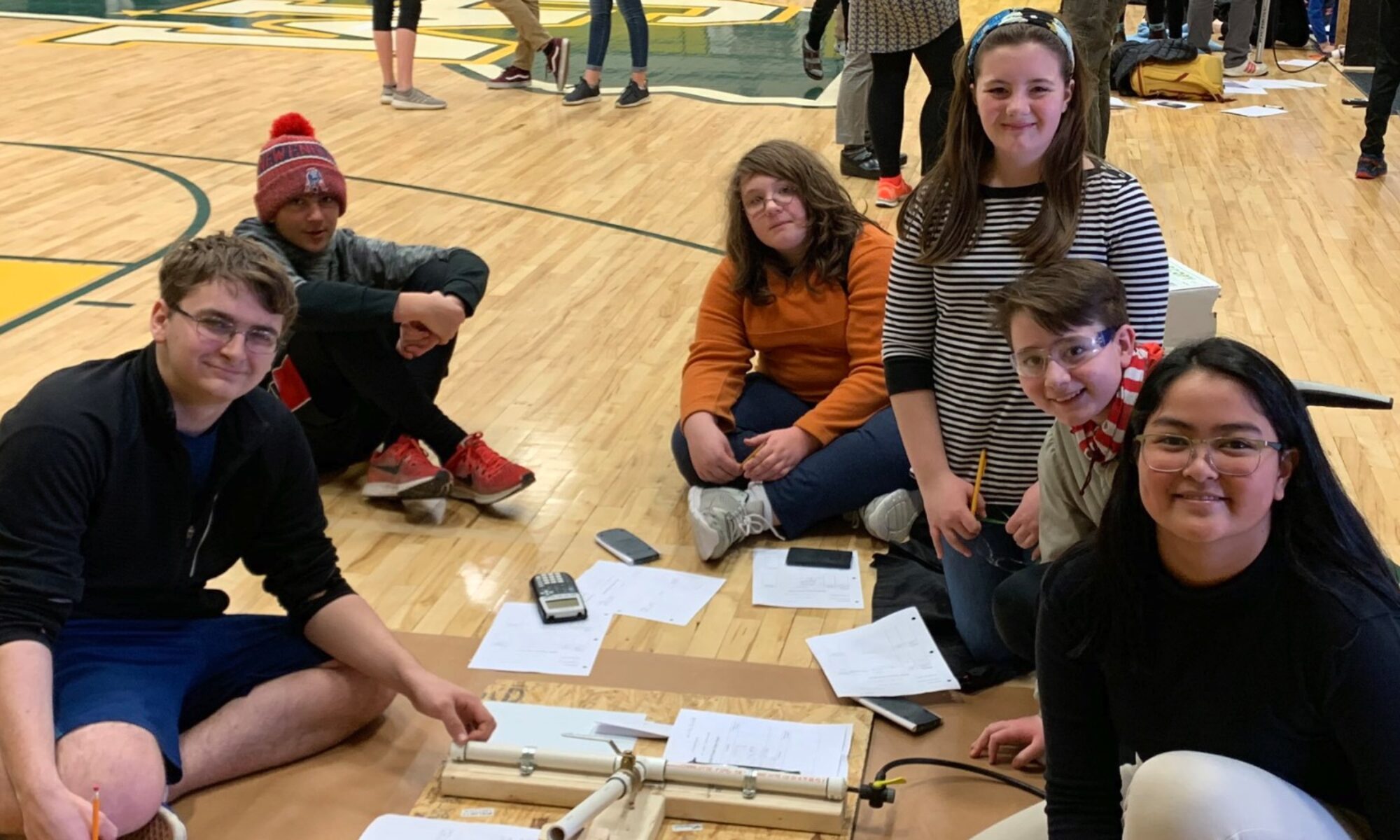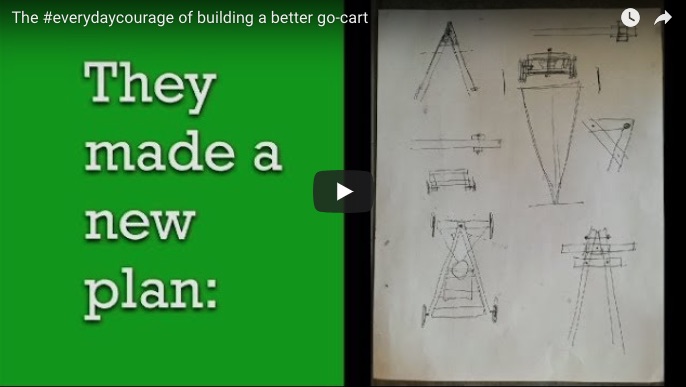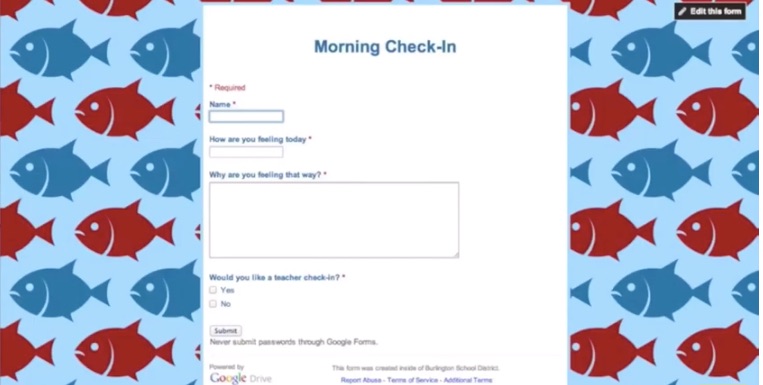 This fall, we’ve been talking about everyday courage in schools. We’ve written about the courage it takes to start a new team, using technology to open up communication with students and to open up our practice.
This fall, we’ve been talking about everyday courage in schools. We’ve written about the courage it takes to start a new team, using technology to open up communication with students and to open up our practice.
We’ve shared examples about how teachers are showing up, engaging in hard conversations about race, their own practice, about getting negative feedback and sharing our work and selves with others. We’ve heard about how students are leading the way when given the support at school to do so: working for acceptance, equality and identity and systems that let every voice be heard. Here are three themes we’ve seen emerge.



